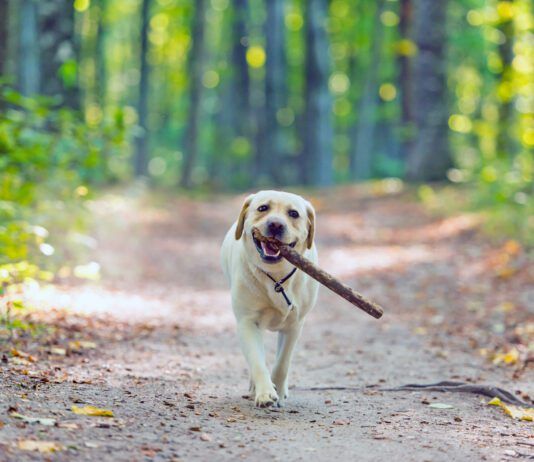(Kennel Cough #3) Clearing the Air
(Kennel Cough #2) Bordetella Vaccination
(Kennel Cough #1) Kennel Cough and Colds
7 Ways to Whittle Away Fear
(Training The Best Dog Ever #1) Leash Walking: Be a Tree – the First...
(Holistic Remedies #3) – Causes for Hot Spots
Essential Oil Tick Repellents: What Works and What Doesn’t
Resource Guarding
Resource Guarding: Give-and-Take: A Good Game for ALL Dogs to Learn
(Cushing’s Disease #1) Cushing’s Disease
Clinical signs of Cushing’s, no matter its primary cause, may include one or most of the following:
• Polyuria (increased frequency of urination), polydipsia (increased thirst), and polyphagia (increased, ravenous hunger).
• Weakening and atrophy of the muscles of the extremities and abdomen, resulting in gradual abdominal enlargement, lordosis (sway back), muscle trembling, and weakness.
• Weight loss. While most dogs appear fat, they may actually lose weight due to the loss of muscle mass.
• Fat deposits in the liver, resulting in diminished liver function.




